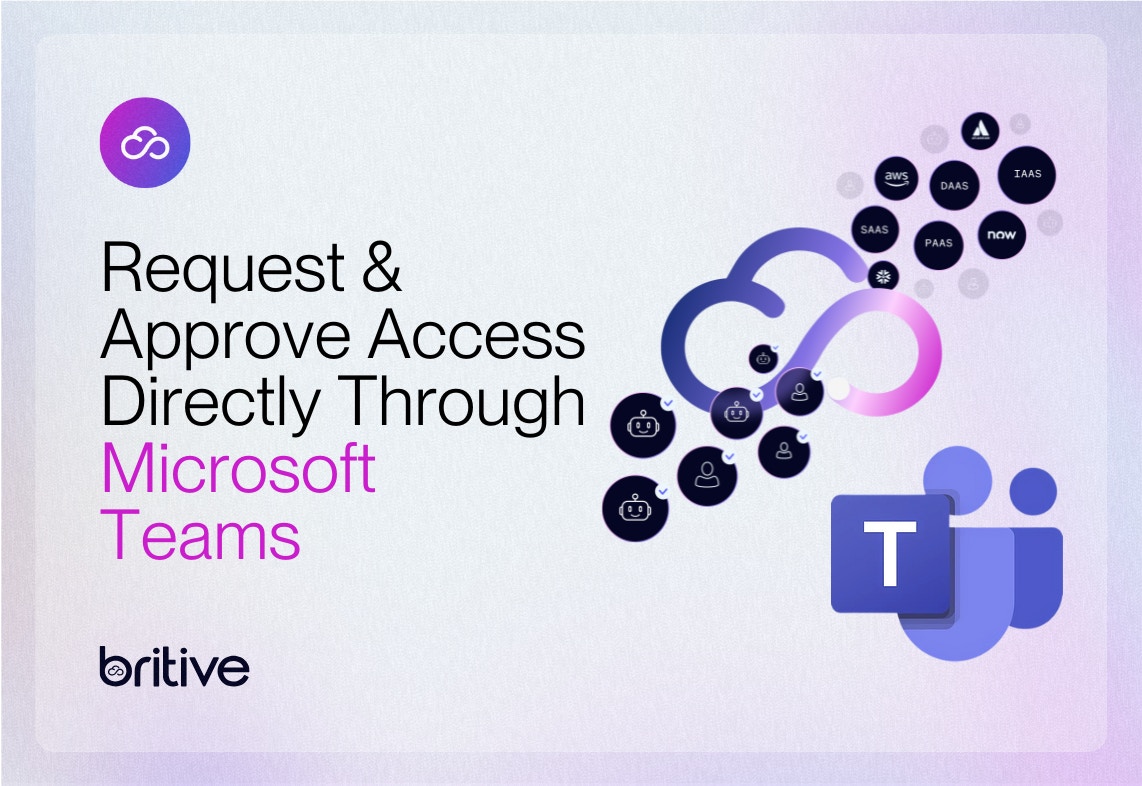
The emergence of agentic AI is rapidly reshaping how modern enterprises think about automation, autonomy, and security.
Unlike traditional generative AI, which focuses on creating content or identifying patterns, agentic AI represents a more proactive, decision-making force embedded within digital ecosystems.
These AI agents are designed to independently pursue (human-provided) goals, take actions on behalf of users or systems, and even make context-based decisions proactively. What makes agents truly powerful but also potentially very risky is their ability to carry out tasks without requiring explicit prompts or oversight for each action.
While the age of an entirely artificial workforce exists only as a vision of one possible future with an uncertain time horizon, securing agentic AI is an undeniable part of today’s reality for many organizations. Teams across the enterprise can get more done with the same number of resources, adding to an already large operational layer in cloud-forward organizations. They are the new operational layer in cloud-first organizations.
And while the promise of hyper-productive AI agents is vast, so is the potential risk if their access is not properly restricted, monitored, and secured.
What Makes Agentic AI Different?
Where generative AI creates, agentic AI acts.
That shift from generating content to executing tasks means these systems often require elevated access to the same resources that developers, engineers, and operations teams use daily: repositories, scripts, APIs, databases, and other critical cloud services. This is also different from the traditional machine identity or service principle or other non-human identities (NHI). Whereas such NHIs often perform a repeatable action or defined set of actions as part of an automation script, agents are capable of executing new tasks and novel combinations of tasks without explicit programming or step-by-step instructions.
The net result is behavior accessing systems and data that more closely resembles a human than a machine. When they become embedded in an increasingly interconnected ecosystem, AI agents are no longer just tools consuming data: they act like human identities within your infrastructure.
This introduces a host of new questions security leaders must answer:
- How do you manage identity and access for systems that act like users?
- Can you enforce both least privilege and Zero Trust principles across adaptive AI agents?
- What happens when an AI agent is compromised or behaves unexpectedly—and who is responsible?
Multi-Agent Systems: Expanding an Already Expansive Attack Surface
As organizations begin to deploy multi-agent systems, these AI agents will interact not only with sensitive parts of the infrastructure, but with other AI agents and tools as well.
Similar to automated workflows (but without the need for a human to initiate them), these agents can perform complicated tasks like:
- Orchestrating cloud workflows
- Initiating transactions
- Managing deployments
- Accessing datasets for training or fine-tuning in pursuit of a goal
If regular human users can accumulate privileges as projects and priorities change, imagine the speed at which AI agents can decide they need access to additional tools and data. Without proper oversight, privilege sprawl will explode at machine speed.
To add to the complexity, similar to other NHIs, agentic AI doesn’t always log in the same way human users do. Many act through APIs or service credentials, complicating detection and monitoring for traditional IAM tools and systems.
This makes centralized visibility and control across all identities across the entire environment a critical part of modern identity and access management.
Shadow AI Is Already Here
Just as Shadow IT emerged from the friction of legacy controls, Shadow AI is the consequence of disjointed access management.
Developers and data teams, eager to experiment or ship faster, won’t always wait for approvals or configure agents properly, especially if provisioning is slow or fragmented across different platforms in the environment.
If your organization doesn't offer a secure and frictionless way to manage access for AI agents, teams will find their own workarounds to leverage them effectively. For example, a user could copy his own credentials for an agent to use rather than create a separate credential if there isn't a proper process in place. These actions will further blur the line between what is a human activity and what is that of the AI.
And with AI tools increasingly embedded in development pipelines, analytics workflows, and customer experiences, the risks are no longer a distant theory.
Establishing Guardrails for Identity and Access
To adopt AI at scale without introducing security liabilities, organizations need to treat AI agents like the highly privileged identities they are:
- Each agent must have its own unique identity
- A human must be responsible for each agent, much like a manager is responsible for a privileged user
- Access must be granular, time-bound, and auditable
- Permissions must be continuously evaluated and dynamically adjusted based on behavior and context
Agentic AI reminds us that cloud-first, dynamic access management isn’t a future state that we need to prepare for: it’s a current need that organizations are already facing.
As these systems grow in autonomy and responsibility, the ability to dynamically assign and revoke access becomes the only sustainable path forward.
Static credentials, persistent permissions, and siloed access policies are no longer enough for human users in cloud-forward environments. The proliferation of AI agents will only make these shortcomings more obvious.
Britive was built specifically to meet this challenge: enabling organizations to proactively manage access at the speed of innovation. Whether you’re experimenting with internal AI copilots, deploying autonomous agents in production, or scaling agentic access across environments, ensure access is secure, contextual, and temporary by design.
Want to see Britive in action? Schedule time for a personalized demo with our team. Want to learn more about identity security best practices? Check out the guide to securing non-human machine identities.





